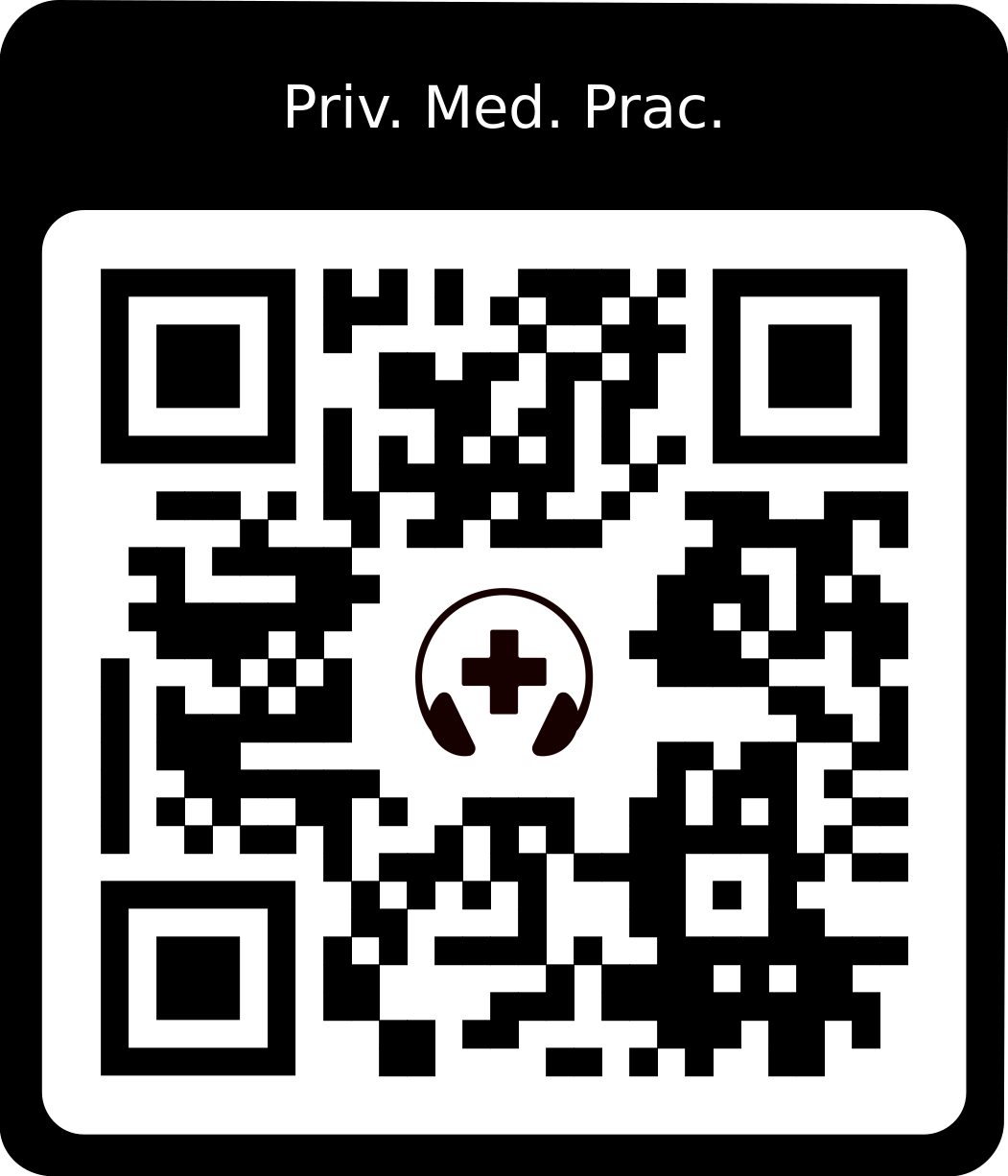Episode 17: Understanding The New E & M Coding Changes
As of Jan 1, 2021, E & M coding has changed and I’m willing to make a bet that you find the whole thing confusing. Honestly, E &M coding has ALWAYS been a source of confusion.
The good news? The new changes have actually streamlined the process (to some extent.) But, as with all changes–you have to learn the new rules.
While there are multiple changes, the 3 big ones are:
- 99201 (Level 1 new patient visit) has been deleted. I doubt this affects most physicians—I can’t really think of an instance where anyone was billing this code—which is probably why they got rid of it.
- You can now bill an additional 15-minute prolonged services code with 99205 and 99215.
- The biggest however are the changes in how you code for E &M office-based services.
In this episode I'll tell you about what these changes mean to you.
- The new guidelines have eliminated the history and physical as elements for code selection.
- Yes, you will still have to include these sections because it's part of good patient care.
- Yes, you'll still get coding credit because both the pertinent history and relevant physical exam contribute to both time and medical decision making which are the new criteria for coding.
Coding E & M office visits will be either by total time or medical decision making (MDM):
- You can bill by time–but the definition of time has changed
- Face-to-face: Time a provider spends directly interacting with the patient and/or family or caregiver.
- Non-face-to-face: Time the provider spends managing the patient outside of an encounter, such as before and after direct patient care.
- Total time: is defined as the overall time on the day of the encounter during which a provider provides services related to patient care, even if the times are not consecutive. The time spent over the course of the day is totaled, with the day starting at 12:01 am and ending at midnight. The time calculation includes a provider’s face-to-face and non-face-to-face time.
- Total visit time is the only thing that counts now.
- You can bill by the level of medical decision-making–but there are changes
- Fewer ambiguous terms and concepts
- Better definition of several important terms
- Redefined data elements move from simply adding up tasks to focusing on how tasks affect patient management.
- There will still be three MDM subcomponents number/complexity of problems, data, and risk.
The changes to the E/M office/outpatient CPT codes and guidelines for new and established patients apply to all traditional Medicare and Medicare Advantage plans, Medicaid, and all commercial payers.
I know that what you are really wondering is whether the E & M coding changes are going to save you time or make your life easier. I think it’s unlikely to save you significant time or make your life easier. But I do think it will help you to code correctly with less fear since the criteria are clearer and therefore you'll generate more money.
Click here to download the AMA guidelines for the new coding changes including a schematic of the new Medical Decision Making Table.
Please join my Facebook Group, The Private Medical Practice Academy to engage with a community of physicians who are looking to start, run, grow and maximize their practices.
If you would like to hear more tips on how to start, run and grow your practice and related medical businesses, please sign up for my newsletter at htttps://www.thepracticebuil


































